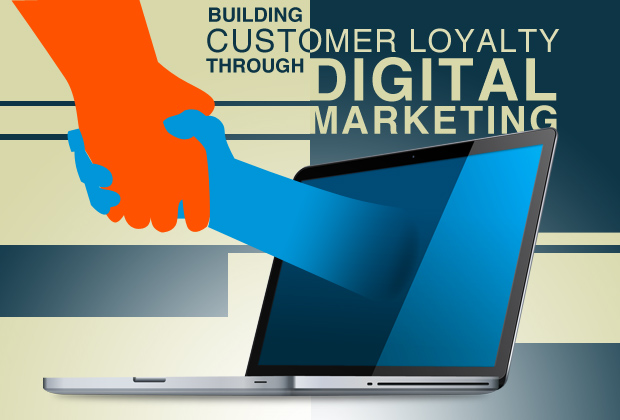This could be the defining year when marketing fully transforms from stagnant strategy to streamlined messaging across multiple platforms. A wealth of emerging tools is enabling marketers to take advantage of new opportunities for communicating with audiences. And as the role of content marketing changes, so do the relationships of brands with existing and new fans. Marketers are turning to data visualization tools, multichannel marketing and social amplification tools to solidify relationships between brands and their audiences. These are some of the primary trends that will emerge in the upcoming year.
1. We’ll see interactive visuals across platforms.
Audiences’ expectations have grown with technology; consumers have become too sophisticated for “dead” infographics. Messaging delivered through data visualization platforms is paramount to capturing and keeping consumer attention. This is especially true of millennials and up-and-coming Gen Z’s who are storming the digital world. Responsive infographics will trend better on hosting websites and social media. This type of engagement creates a two-way conversation between the consumer and the brand, a familiarity that fits right in with the responsiveness consumers crave. Interactive content keeps your consumer interested and usually leads to higher conversion rates and improved search engine optimization.
An interactive marketing platform, Ceros, has figured out how to catch the eye of consumers with a design framework that adjusts to and accommodates users and devices. This is all done with the understanding that 80 percent of consumers are viewing this information from their smartphones and 47 percent from tablets. One of the big issues with traditional infographics is most are not designed to accommodate different screen sizes.
Ceros set out to break what the company has described as limitations that once shackled creative and design work with content that is ahead of the standard. Technology that plays to consumer’s preferences and habits places your brand high in consumer’s consideration sets and likeability.
2. Marketers will get a bird’s eye view.
With so many messages out there, it’s more necessary than ever to understand what your audience and influencers really care about. Marketers are increasingly turning to tools like BuzzSumo to gain access to media consumption metrics and make better informed decisions. With this privileged view into who your consumers are and who is influencing them, you’re able to turn around and target from the source down.
Genuine experiences are among the brand interactions consumers value most. Marketers are navigating the waters with the understanding that 84 percent of consumers do not trust traditional forms of advertising. And only one percent say a compelling ad will make them trust a brand more. They’re increasingly clicking out of ads and subscribing to services, like Netflix, that negate the ad experience completely. In comparison, Forbes reported that social media influencers are inspiring consumer behaviors two times more than paid advertising. Marketers have taken notice of this, rating influencer marketing as the fastest growing type of marketing because of the quality of networks, content and measurable experiences that influencers deliver. Platforms like Buzzsumo allow marketers to see top authors and influencers for nearly any search term. Data shows what content is most likely to take off on different social platforms, giving marketers the upper hand on creating genuine connections between audience and brand.
3. Messaging will defy old channel silos.
It’s not enough to have customer relationships defined by messaging that only goes as far as a single channel. Multichannel loyalty programs keep customers engaged with synchronized messaging fueled by incentivizes. Such programs increase customer retention, and engagement enriches customer relationships. In a recent report, Forrester found that increasing loyalty among customers is a priority for 82 percent of midsize organizations.
Platforms like CrowdTwist have emerged to take the definition of loyalty to the next level with multichannel loyalty programs that track customers across multiple platforms and incentivize for engagements and the transparent exchange of rich data. Loyalty programs provide vital market research to review and adjust your approach accordingly. Through these programs, you can also turn customers into brand advocates, possibly even influencers of entire social spheres. And loyalty programs develop consumer habits that integrate your brand directly into their everyday lifestyles.
Resources: ExpertOnline360.com
